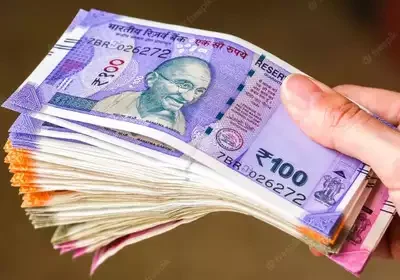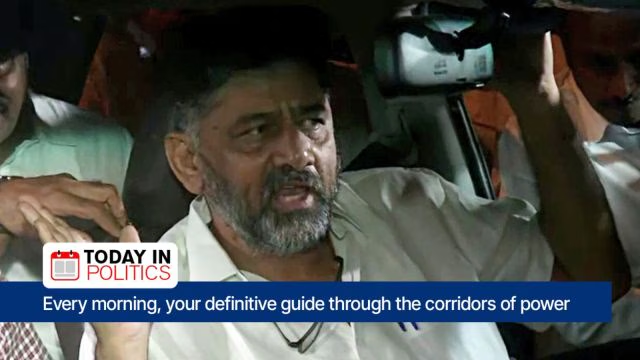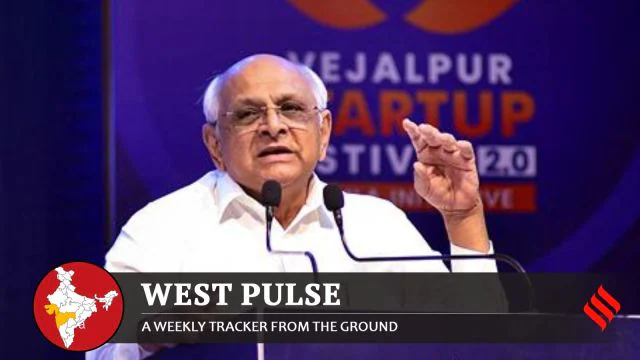The Reserve Bank of India (RBI) has announced the issuance of ₹20 denomination banknotes featuring the signature of the current RBI Governor, Sanjay Malhotra. This release is part of the RBI’s standard currency update process, reflecting the change in leadership while keeping the design and security features of the note unchanged.
What’s New?
The newly printed ₹20 notes shall be in the Mahatma Gandhi (New) Series and bear the signature of Governor Sanjay Malhotra, the newly appointed head of the central bank. The release of these notes heralds the official presence of the new governor on India’s currency without changing the uniformity with regard to design and usability.
Significantly, the redesigned ₹20 banknotes will preserve all current design features and security features of the in-circulation notes. Size, color, motifs, and watermark features will not undergo any alterations.
Existing Notes Still Valid
The RBI has assured that all ₹20 banknotes printed during the signatures of past governors will be accepted as legal tender. Citizens won’t need to exchange the older notes or be concerned about their genuineness. Both the old and new ₹20 note will be accepted everywhere in the country without any problem.
This action is not connected with demonetization or withdrawal of outstanding notes but rather a procedural revision that comes with any change in RBI leadership.
Profile of Governor Sanjay Malhotra
Sanjay Malhotra assumed office as the 26th Governor of the Reserve Bank of India in December 2024. He is a veteran Indian Administrative Service (IAS) officer of the 1990 batch, belonging originally to the Rajasthan cadre. He holds a degree in Computer Science Engineering from IIT Kanpur and an M.P.P. from Princeton University.
Prior to his induction into the RBI, Malhotra has served in some of the senior positions in the Indian government, such as in the finance ministry and public sector administration. His style is said to combine contemporary economic thought with a profound knowledge of India’s administrative and budgetary systems.
How Currency Notes Are Made and Distributed
India’s currency notes are printed at four high-security presses. Two of these are government-owned and are operated directly by the government, and the other two are owned by the subsidiary of RBI. The locations where they are printed are Nasik, Dewas, Mysuru, and Salboni.
The RBI also makes sure that notes find their way to the public via a large network of currency chests, which are specially authorized bank branches tasked with holding and circulating currency on behalf of the central bank. There are more than 2,600 such currency chests across the nation as of early 2025.
Coins, however, are produced at government installations in cities like Mumbai, Hyderabad, Kolkata, and Noida.
Public Advisory from the RBI
For clarity and avoiding confusion, the Reserve Bank has issued an advisory to enlighten the public on the following:
Old and new ₹20 currency notes will be accepted as legal tender.
There is no requirement for exchange of older notes unless damaged or unsuitable for use.
No alteration has been made in the security features or design of the ₹20 notes.
This is a run-of-the-mill update associated with the appointment of a new governor, not a change in financial policy.
Such updates form part of standard currency management operations on the part of the RBI and do not signify any larger shifts in the banking or financial system.
Conclusion
The release of ₹20 notes signed by Governor Sanjay Malhotra is a standard administrative revision by the Reserve Bank of India. It is a change in command while being consistent with the usability and appearance of the currency. Citizens and enterprises can use all types of ₹20 notes without hesitation.
As the central bank continues to evolve under Governor Malhotra’s tenure, such reforms are hoped to continue to be transparent, ensure the smoothness of the monetary system, and uphold the public’s trust in India’s currency.






